Ford Laser Meteor Mazda 323 1981 1989 Gregorys Service Repair Manual
Ford Laser / Meteor and Mazda 323 Gregorys Owners Service & Repair Manual 1981 - 1989NEW - paperbackOther Ford Car Repair Manuals click hereFord Laser Meteor & Mazda 323 1981 - 1989 Gregorys Owners Service & Repair Manual covers Sedan, hatchback, wagon. ●This Manual Covers Series - KA, KB, KC, KE. SOHC & DOHC Engines Covered: Covers everything you need to know, step by step procedures, hundreds of photographs and illustrations, routine maintenance, wiring diagrams, repairs and overhauls, and what tools to buy. Gregory's manuals are based on an actual vehicle stripdown and are researched and written by automotive engineers with vast experience. Gregory's workshop manuals are produced for the Australian market. These vehicle specifications may vary from those sold in other countries. Please be aware of these possible differences prior to using the data contained within.
|
The Ford Laser had been a restyled version associated with the Familia/323 models that is generated by Mazda in Japan from 1980 onwards. (Ford had acquired a 25% stake in Mazda in 1979.)
In Australia and New Zealand where Ford was seen as an 'local' brand, the Laser outsold its Mazda twin, but also in neighbouring Asian countries, as well as Singapore, Malaysia and Hong Kong, or Japan itself, the reverse was the case. However, pooling resources with Mazda allowed Ford to retain a foothold belonging to the region. I thought this was also the lens case in South America, Africa, along with the Caribbean, the spot that the Laser have also been sold, quite often being locally assembled.
The 1985 KC Laser/GC Meteor was the model's first major redesign. All body styles were carried over, by building a station wagon (badged as "Meteor", like the sedan) from 1986. A new "TX3" variant, which has been half-way between "GL" & "Ghia" in specification level, replaced the "Sport" variant out of the KB series. Unlike this online game, the TX3 was only available just like a three-door. The "L" & "GL" models were you can forget available just like a three-door. A notable change was the introduction of engines in a position to running on 91RON Unleaded petrol (this became mandatory in Australia from 1986). The 1.5-litre engine that had been optional on GL, and standard on Ghia in to the KB series was replaced with 1.6-litre unit. For your personal first time, Electronic Fuel Injection, was available to be found in option on Ghia and TX3 models. Buyers who ordered automatic transmission with this particular engine received an electronically-controlled 4-speed unit, ended up being quite advanced for a small car in 1985. The 1.3-litre engine was standard located on the "L" (hatch-only - the wagon had a 1.6-litre engine). The 1.6-litre engine was standard on GL, Ghia & TX3. Fuel injection system was optional on Ghia (standard on wagon) & TX3.
In October 1987, Ford introduced a facelift associated with the KC series, the KE. There initially were a a number of notable changes while using the introduction belonging to the KE. The "Meteor" name was dropped coming from a sedan and wagon body styles, meaning the pair were now badged as "Laser", for instance the hatchback variants. The TX3 has also been now available by using a turbocharged engine, in addition to All-Wheel-Drive, as options. The TX3 Turbo with AWD will finally be very rare and highly sought after. Another interesting fact is that your choice of AWD was fully imported from Japan, while all the other models from inside the Laser range were manufactured locally on the inside Sydney suburb of Homebush.
The KE commonly be installed to distinguish with all the earlier KC, by different grilles, headlights, tail lights, body-side mouldings, bonnet, front guards, and on some models, wheels. The dashboard and instrument cluster received new graphics, and therefore the interior was easily obtainable in slightly different colour shades up to the KC. In mid-1989, in preparation with regard to the new ADR (Australian Design Rule) on the way into effect in 1990, all models were fitted by way of a high-mount rear stop lamp as standard. When the redesigned KF Laser was introduced in March 1990, the wagon continued held in a sole GL specification, with minor upgrades until 1994, when Australian production belonging to the Laser ceased.
The "L" can be quite rare, given that it was primarily aimed while in the budget or fleet buyer. It had silver-painted 13" steel wheels, with no centre caps, a large analogue clock involved in the instrument cluster, no passenger-side rear-view mirror, vinyl interior trim, no body side mouldings, no rear windscreen wiper, as well as folding rear seat only agreed to be one-piece. The stereo was also AM-only and had no cassette player. Air conditioning was out of stock. In the summertime engine on offer was the 1.3-litre engine, with 4-speed manual transmission (no automatic was available). The "L" wagon had the same level of trim, except the 1.3-litre engine was replaced along with the 1.6-litre unit but still with 4-speed transmission resulting in nil automatic available.
The "GL" was the most famous model. It featured very much the same silver-painted 13" steel wheels mainly because the "L" but with satin chrome half-width centre caps (only covering the focal point associated with the wheel), a digital clock at the top associated with the dashboard, cloth interior trim, grey body side mouldings, a rear windscreen wiper, grey tailgate and beaver panel garnishes and 50/50 split-fold rear seat. The stereo was an analogue-tuned AM/FM unit by way of a basic cassette player. Air conditioning was optional as being a dealer-fit accessory. Power was provided by a 1.6-litre engine, with 4-speed manual transmission (5-speed manual or 3-speed automatic was optional). Sedan and wagon came standard with 5-speed transmission.
The Ghia was the very best of to select from model. It had black 14" steel wheels with full-size plastic wheel covers, power steering, body-coloured rear-view mirrors and bumpers, velour interior trim, tachometer, centre console with Ghia emblem, lockable glovebox, driver's seat with lumbar support and height adjust, storage drawer inside the given front passenger seat, full-size interior door trims, vanity mirror in passenger sunvisor, ticket holder in driver's sunvisor, felt interior hoodlining and sunvisors, rear headrests, additional warning lights on the inside instrument cluster, central locking with illuminated driver's door lock barrel, remote exterior mirrors, front door map pockets, front seatback pockets, additional reading lamps, chrome insert strips in your body side mouldings and bumpers, red tailgate garnish and orange beaver panel garnish. Air conditioning and power windows were optional. The stereo had been a digitally-tuned AM/FM unit, which featured a cassette player with Dolby enhanced sound. The 1.6-litre engine was fitted as standard, with EFI optional (standard on wagon), with either 5-speed manual or 3-speed automatic transmission (EFI automatic was 4-speed).
The TX3 was half-way between GL & Ghia in specification. It came standard with 14" satin-chrome alloy wheels, sports cloth interior trim, red insert strips chemistry side mouldings and bumpers, black tailgate and beaver panel garnishes, and all sorts of other Ghia appointings. EFI was standard, and automatic transmission was out of stock. The TX3 also had a unique front fascia with quad headlights and therefore the parker lamps incorporated in to the indicator lenses (L/GL/Ghia had the parkers the ambani house main headlight unit) and two-tone paint.
Half-way through KE production, Ford introduced two limited edition versions, called "Redline", and "Livewire". The Redline was baed on the GL hatch, while the Livewire took it's origin from the GL sedan and hatch. The Redline featured the TX3's alloy wheels, two-tone paint and red inserts contained in the body-side mouldings and bumpers, air conditioning, and a tachometer. The Livewire featured yellow inserts elsewhere in the body side mouldings and bumpers, air conditioning, along with a tachometer. Both models had 5-speed manual transmission (instead of the standard 4-speed) as standard, with 3-speed automatic transmission if you are an option.
KE model range;
Laser L - Hatch or wagon
Laser GL - Hatch, sedan or wagon
Laser Ghia - Hatch, sedan or wagon
Laser TX3
Laser TX3 Turbo
Laser TX3 Turbo AWD
Engine specifications:
Mazda E3, 49 kW (66 hp) 1.3 L Carb 8V SOHC ('L' and 'GL' models)
Mazda E5T, 85 kW (114 hp) 1.5 L EFI 8V SOHC Turbo ('Cabriolet' Japan models)
Mazda B6, 53 kW (71 hp) 1.6 L Carb 8V SOHC ('GL' and 'GHIA' models)
Mazda B6, 62 kW (83 hp) 1.6 L EFI 8V SOHC (option on 'GHIA' models and standard on 'TX3' models)
Mazda B6T, 100 kW (130 hp) 1.6 L EFI 16V DOHC Turbo ('TX3 Turbo' and 'Turbo 4WD' models)

 0 Items (Empty)
0 Items (Empty)


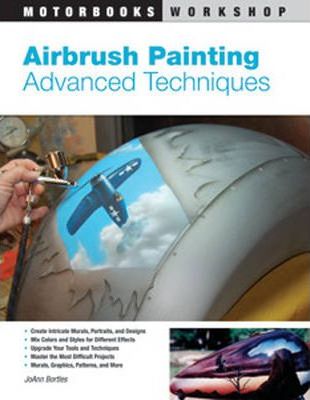
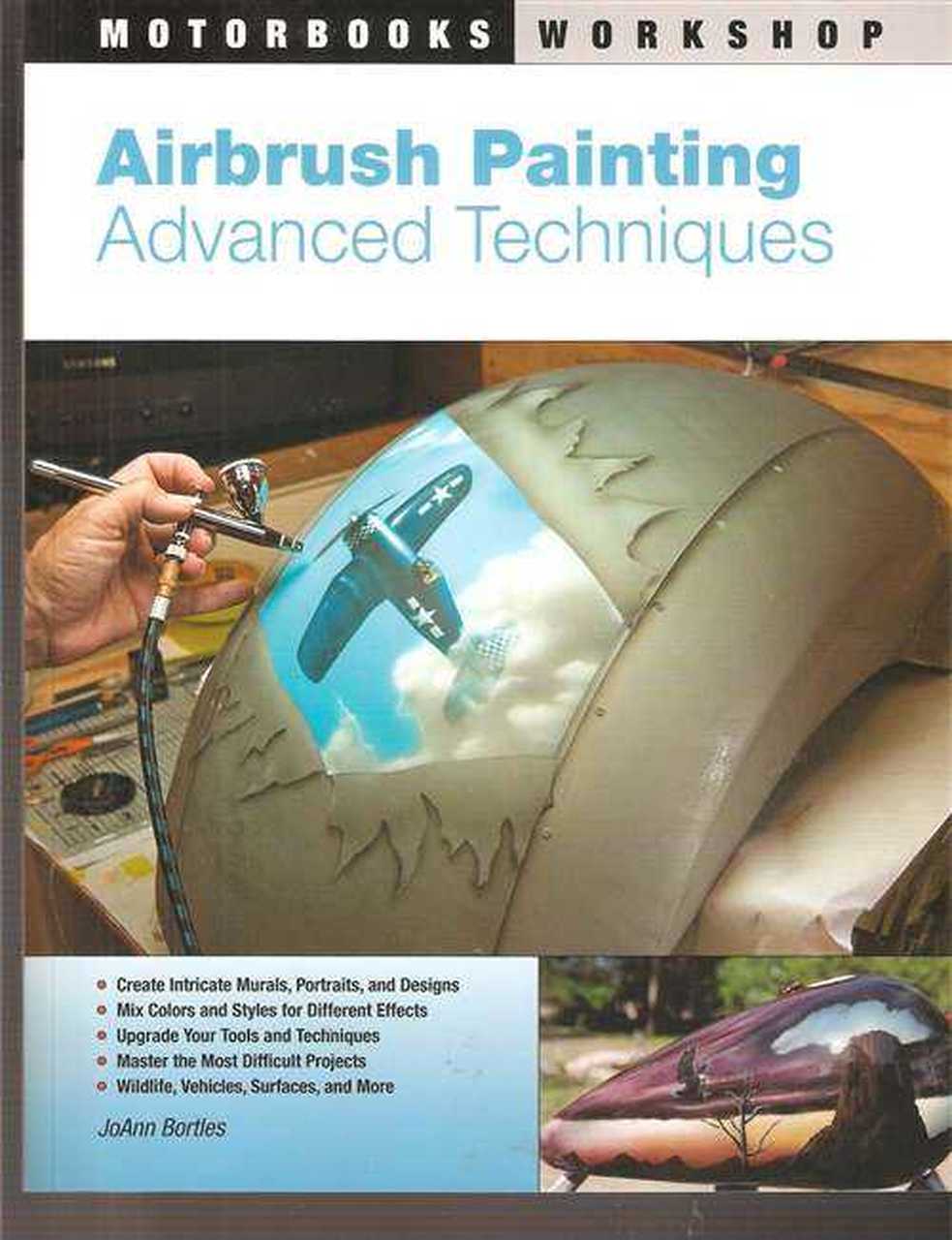
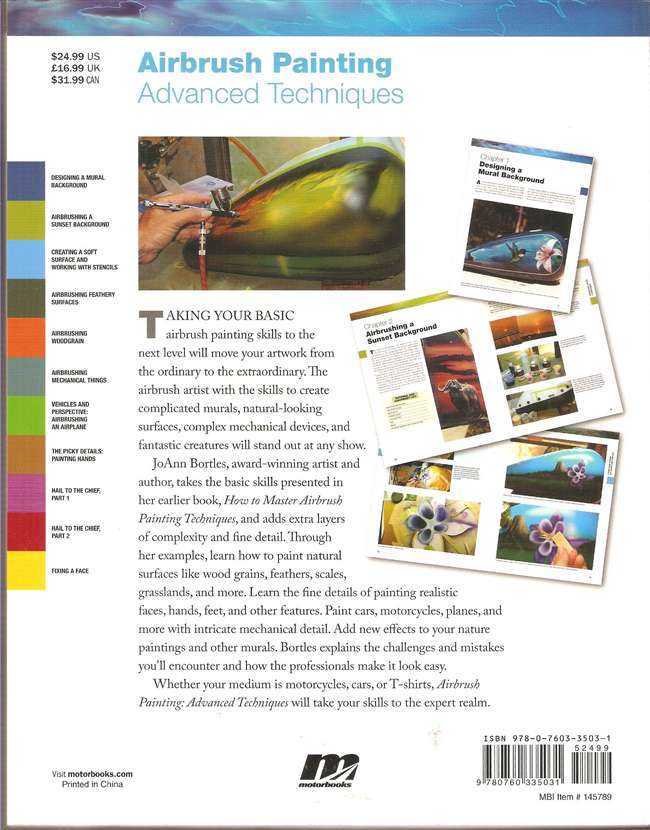
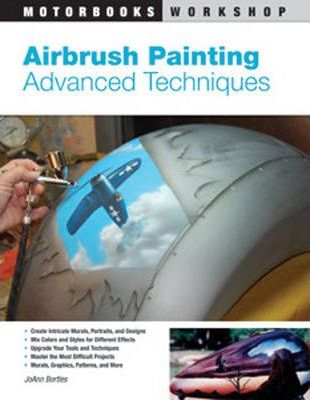
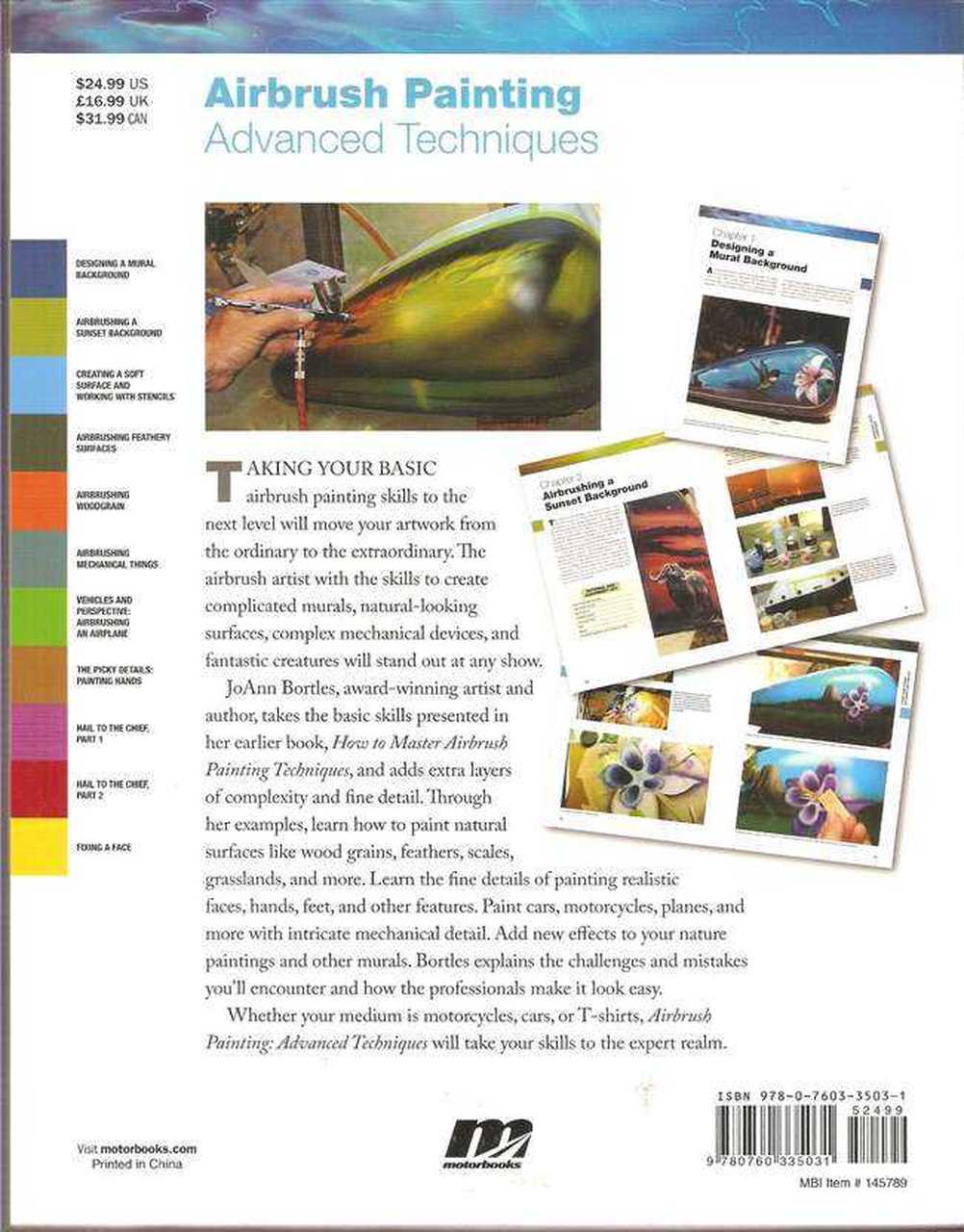
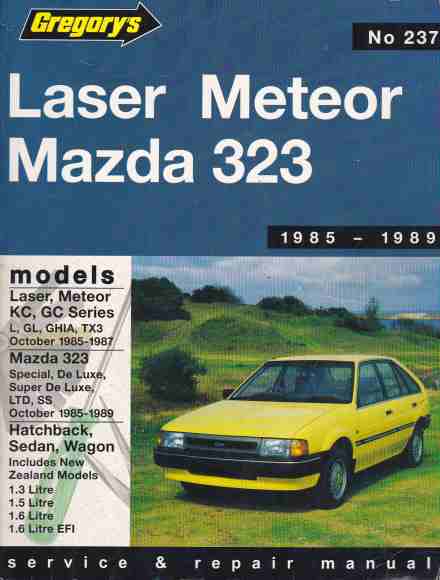
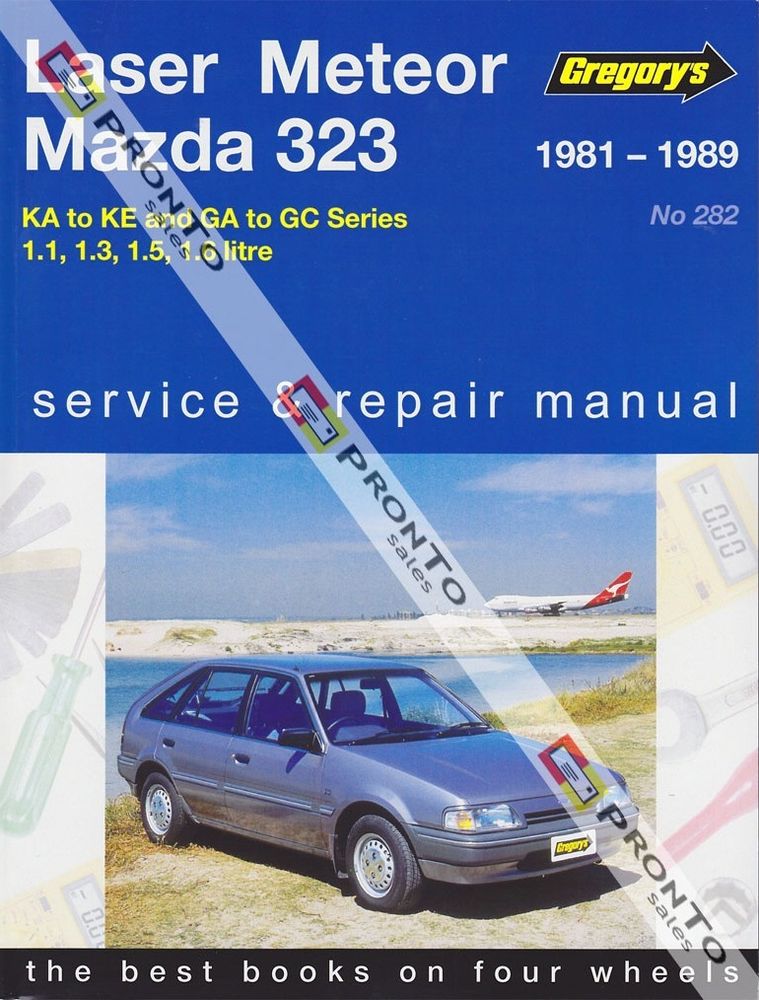
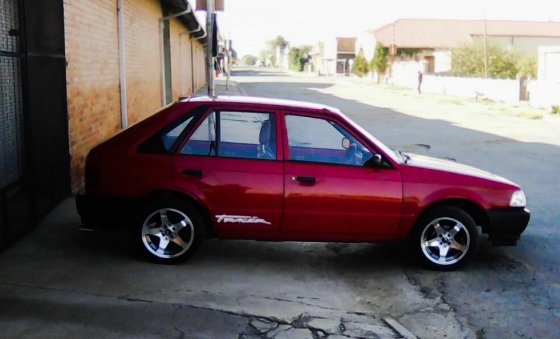
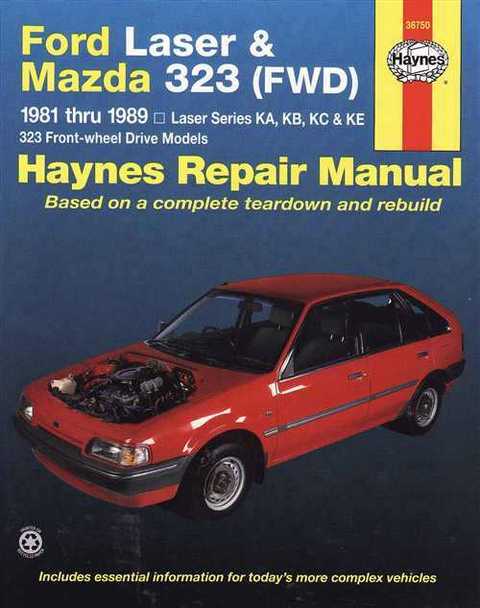
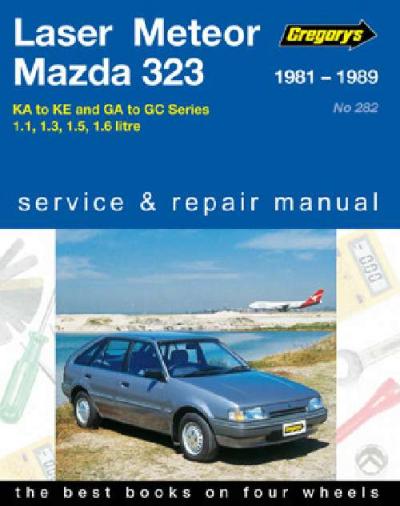
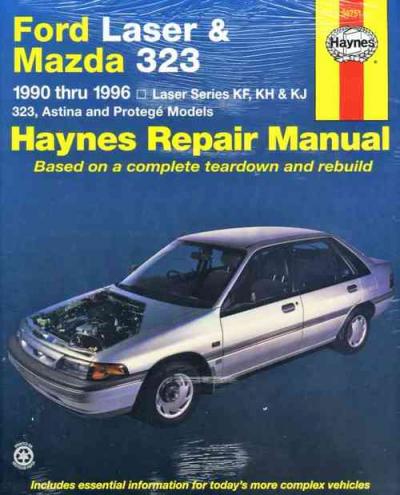
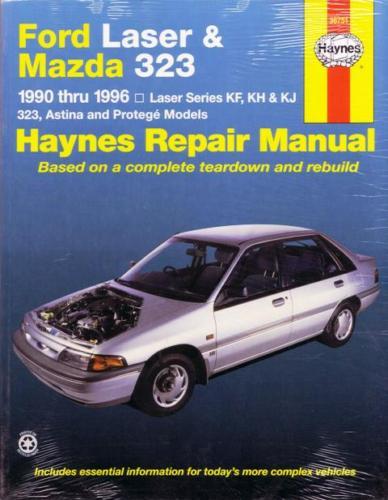 >
>